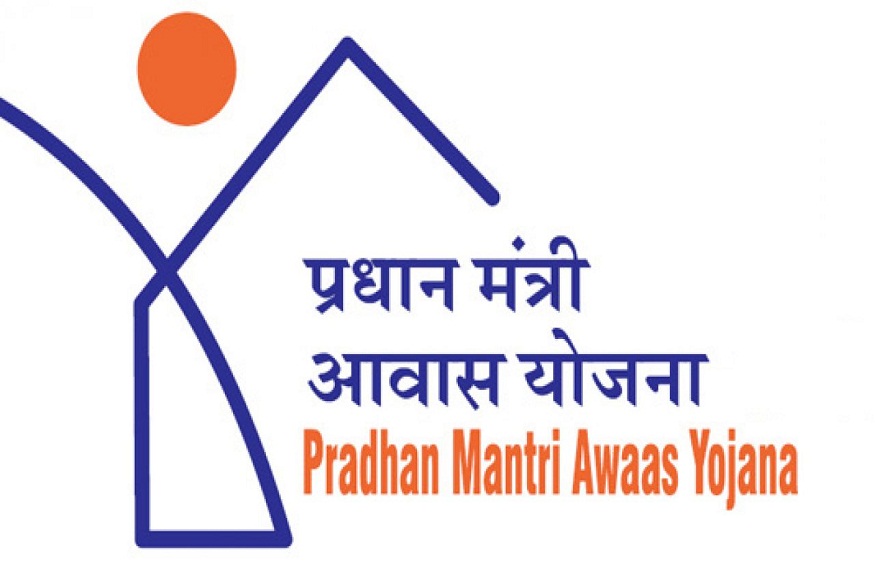Pradhan Mantri Awas Yojana (PMAY) started in June 2015 with the aim to encourage the idea of “housing for all”. Brought to activity by the Narendra Modi government, this plan proposes to make 2 crore houses for the metropolitan and rustic people of India by 2022. The approach provides a reasonable home for those having a place with financially more fragile segments of society and low earning families.
The more extensive mission of this plan includes 4 segments:
- In-situ reconstruction of slums with private area investment utilizing the land as an asset.
- Moderate home through credit-linked subsidies
- Moderate home in cooperation with private and public sector and
- Recipient home development/improvement.
PMAY
PMAY is a scheme for providing a feasible home for Indian people. This activity targets building up India’s home sector from numerous points of view, so that the whole population can take advantage of sponsored home loan interest rate. This plan improves the utilization of environmentally friendly structure material use for the building of homes. The PMAY plot has two effective plans: Pradhan Mantri Awas Yojana (Urban) (PMAY-U) and Pradhan Mantri Awas Yojana (Gramin) (PMAY-G and PMAY-R). PMAY-U is suitable for the metropolitan/urban population while PMAY-G and PMAY-Rare suitable for the rustic population.
There are 3 plans in PMAY-U: EWS (Economically Weaker Sections)/LIG (Low Income Group), CLSS (MIG-I) and CLSS (MIG-II).
PMAY-Gramin
The Pradhan Mantri Awas Yojana – Gramin is under the Ministry of Rustic Development and is accountable for building reasonable homes in rustic India. Delhi and Chandigarh are out of this plan.
The main goal of PMAY – G is to give pucca houses to the destitute as well as destroyed and kutcha ones.
Money related help gave by the Central and individual State Government will share according to the following regulations–
- Plain zones – 60:40.
- Extraordinary class states – 90:10.
Each home developed under this plan will have a latrine. In addition, the plan will target giving LPG gas, electricity, tap drinking water, and different other advantages also.
Features of PMAY
- A 6.5% subsidy for 20 years home loan interest rate
- Necessary ground floor home for elderly and disabled peoples
- Environmentally friendly materials must be used for building creation.
- Expand the coverage of the plan includes all metropolitan zones of India.
- Urging ladies to become owners of the home by making it compulsory to enrol a property with both the men and women heads of the family except if there is no female family member.
Eligibility Criteria for PMAY
The eligibility criteria for PMAY shifts as indicated by the class you fall into dependent on the parameter set under the 3 different plans. Here is a definite clarification of each plan.
Under EWS/LIG Plan
- Your annual income up to Rs 300,000
- Your annual income must not exceed Rs 600,000
- You can use the plan whenever between June 17, 2015, and March 31, 2022
- You can select 30 square meters carpet portion as an EWS recipient and 60 square meters as a LIG recipient
- The carpet region will consider any floor space inside the home except outside walls, but including inner dividers walls
- Your age must be under 70 years in the repayment period. The upper limit of the repayment period of the loan is 20 years
Under CLSS (MIG-I) Plan
- Your income must be above Rs.600,000, to a limit of Rs.1200,000.
- The 4% subsidy is only applicable to a maximum of Rs 900,000, so if the loan amount approved by the lender is higher than this upper limit, the additional amount will not be linked to the subsidy.
- The total complete floor area of the selected house excluding outer walls and including inner walls must reach 120 square meters.
- The total deduction, including the EMI of the home loan, must not exceed 50% of your total income.
Documents required to apply PMAY:
- Fill in the PMAY application form accurately
- Proof of identity (Aadhar card/PAN card/driver’s license/voter ID card)
- Proof of address (Aadhar card/PAN card/driver’s license/voter ID card)
- Certificate of income (self-attested) and income proof (payroll, etc.)
- Recent IT return form/ Form 16
- Bank account statement (last 6 months)
- The affidavit states that you or your families do not have any homes in India.
- Construction agreement with developer or builder
- Approved construction plan
- Architect or engineer’s certificate confirming construction/repairing costs
- Architect’s certificate certifies the structure of the home.
- Property/distribution agreement papers.










